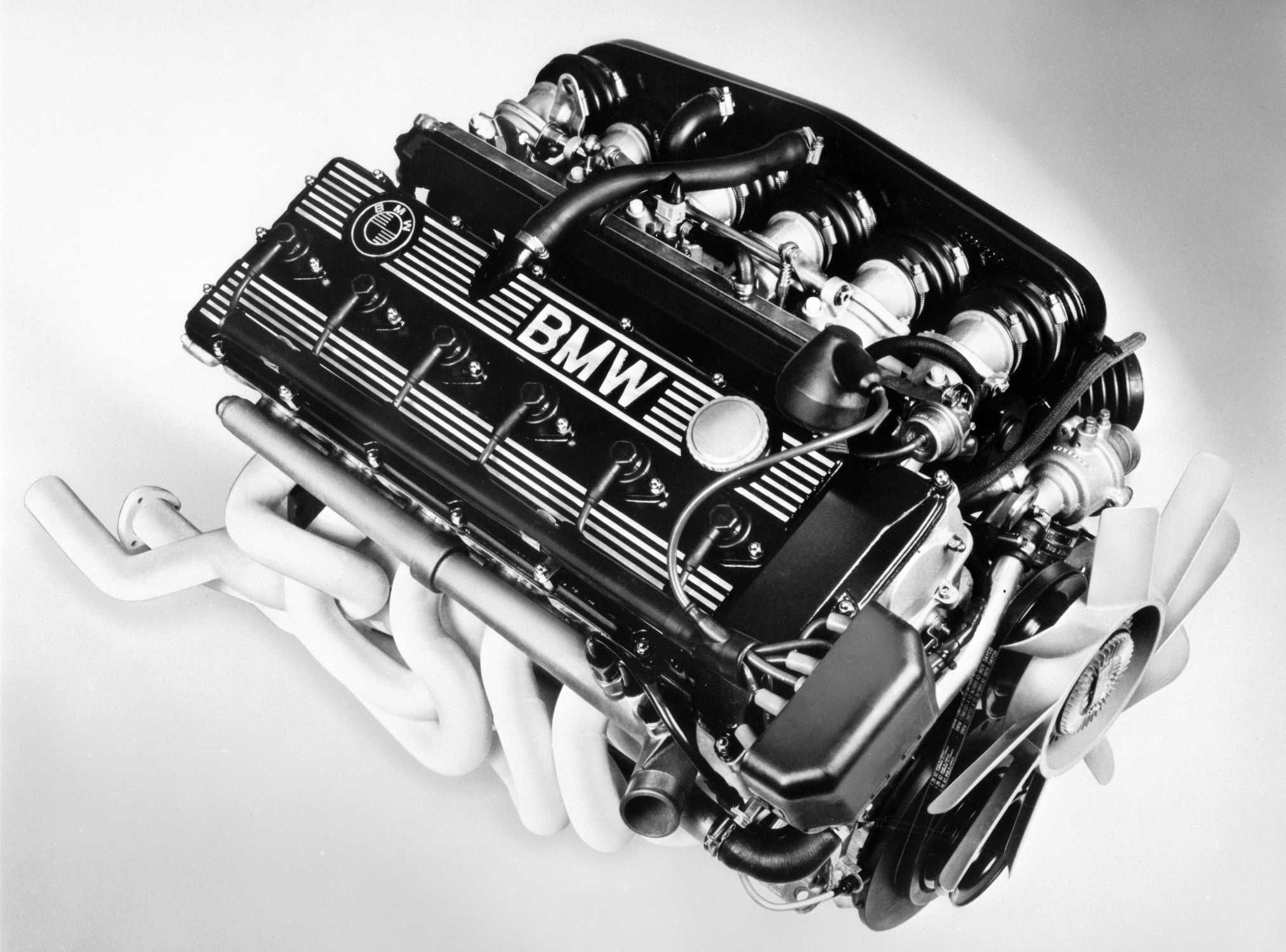The Role of BMW Engine Style in Getting Exceptional Fuel Efficiency
From Idea to Fact: An In-depth Evaluation of the Design Marvels Driving Automotive Powertrain Innovations
In the realm of vehicle design, the complex web of advancements driving powertrain advancement is a compelling story that unravels with precision and development. From the concept of sophisticated modern technologies to their realization in concrete auto powertrains, a trip filled with engineering wonders waits for expedition. As we browse through the worlds of inner combustion engines, electrical propulsion systems, crossbreed powertrains, and the integration of software and connectivity, a tapestry of innovations arises. However, real intrigue depends on the unraveling future fads in automotive propulsion, where the boundaries of what is deemed feasible remain to be pressed.
Evolution of Internal Burning Engines
The development of internal burning engines has actually been an essential element in the development of automotive powertrains. From the very early designs of the late 19th century to the sophisticated engines these days, the trip of interior combustion engines has been noted by continuous innovation and refinement. The essential concept of these engines stays the controlled combustion of gas within a confined room to produce mechanical power. For many years, advancements in materials, making techniques, and electronic controls have considerably enhanced the performance, performance, and ecological friendliness of inner burning engines.
Among the key turning points in this advancement was the development of fuel injection systems, which changed carburetors and allowed extra precise control over the fuel-air blend. This technology not only boosted fuel efficiency however also reduced dangerous exhausts. Additionally, the introduction of turbocharging and variable valve timing additionally enhanced engine efficiency while meeting strict discharges regulations. Looking ahead, continuous r & d efforts are concentrated on alternate gas, hybridization, and electrification to move the advancement of inner combustion engines towards even higher performance and sustainability.
Surge of Electric Propulsion Systems
In the world of vehicle design, a noteworthy shift towards electrical propulsion systems is presently improving the landscape of automobile powertrains. bmw engine. Electric propulsion systems, mainly driven by developments in battery technology and environmental concerns, are becoming increasingly widespread in the automotive market. These systems provide numerous benefits over traditional internal burning engines, including greater effectiveness, decreased exhausts, and enhanced efficiency abilities

As car manufacturers remain to buy research study and development, electric propulsion systems are anticipated to become a lot more sophisticated and extensive. The change towards electrification stands for a pivotal moment in vehicle background, indicating a significant departure from typical burning engine technology in the direction of a much more effective and lasting future.

Advancements in Hybrid Powertrains
With the growing need for even more ecologically pleasant and fuel-efficient automobiles, innovations in crossbreed powertrains have ended up being a centerpiece in the automotive industry's search of lasting transport services. Hybrid powertrains combine traditional inner burning engines with electric propulsion systems, providing enhanced fuel performance and minimized exhausts contrasted to standard lorries.
One secret development in crossbreed powertrains is the advancement of plug-in crossbreed electrical lorries (PHEVs) These lorries can be charged from an outside source of power, permitting for extended electric-only driving varieties. Additionally, improvements in regenerative stopping systems have actually enhanced the this contact form effectiveness of hybrid vehicles by click here for info converting kinetic energy throughout stopping right into electric energy to charge the battery.
In addition, car manufacturers are progressively concentrating on optimizing the assimilation of crossbreed powertrains with innovative transmission systems to additionally boost total efficiency and efficiency. Using lightweight materials and advanced control systems has likewise added to making hybrid powertrains a lot more portable and reliable. In general, the continuous developments in crossbreed powertrains are leading the means for an extra lasting future in the auto sector.

Integration of Software Application and Connection
Advancing the automotive industry's technical landscape, the assimilation of software application and connectivity plays an essential duty in improving car performance and customer experience. Software regulates crucial aspects of the lorry, such as engine administration, transmission systems, and advanced driver-assistance systems (ADAS)
Connectivity further boosts this combination by allowing lorries to interact with external networks, other automobiles, and infrastructure. Via features like remote diagnostics and over-the-air updates, manufacturers can continually boost car performance, address problems promptly, and introduce brand-new attributes without requiring physical recalls. Furthermore, connection allows advanced performances like real-time traffic updates, remote automobile monitoring, and seamless assimilation with mobile phones for improved convenience.
Future Patterns in Automotive Propulsion
The advancement of auto powertrain improvements, specifically in the combination of software application and connectivity, sets a structure for exploring the future fads in automobile propulsion. Looking ahead, essential patterns are emerging that are positioned to transform the automobile industry.
These cars might require one-of-a-kind powertrain configurations to sustain different levels of autonomy. Additionally, the assimilation of synthetic intelligence (AI) and device knowing in vehicle propulsion systems is expected to improve effectiveness and efficiency.
Conclusion
To conclude, the consistent advancement of vehicle powertrains has seen the advancement of interior burning engines, electric propulsion systems, hybrid powertrains, and the integration of about his software program and connection. These improvements have driven significant improvements in effectiveness, performance, and sustainability in the vehicle sector. Looking ahead, future fads suggest an ongoing shift in the direction of electrification, autonomous driving, and connection, shaping the future of auto propulsion systems.
The evolution of internal burning engines has been a crucial element in the development of vehicle powertrains.In the realm of automotive engineering, a notable change in the direction of electric propulsion systems is presently reshaping the landscape of automobile powertrains. On the whole, the continuous innovations in hybrid powertrains are paving the way for a much more sustainable future in the automotive sector.
The evolution of vehicle powertrain advancements, specifically in the integration of software program and connection, establishes a structure for discovering the future patterns in automobile propulsion.In conclusion, the consistent evolution of automotive powertrains has seen the development of interior burning engines, electrical propulsion systems, hybrid powertrains, and the integration of software and connectivity.